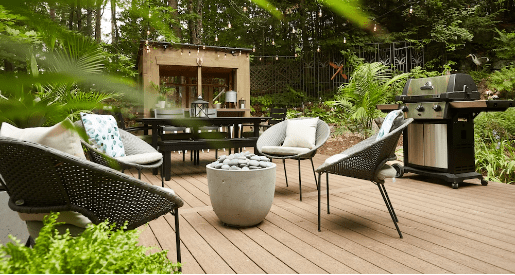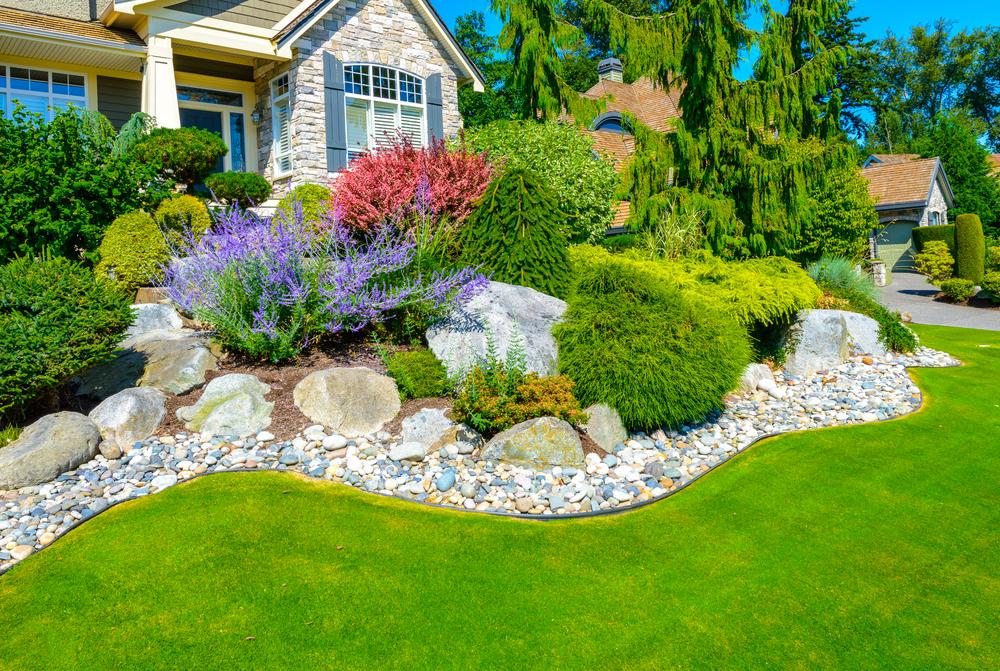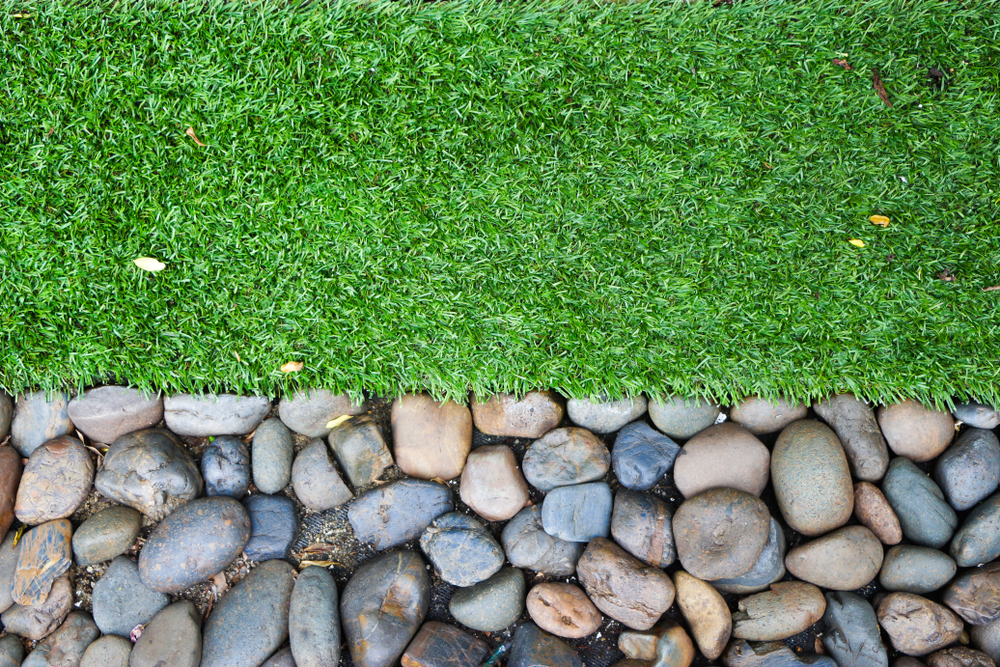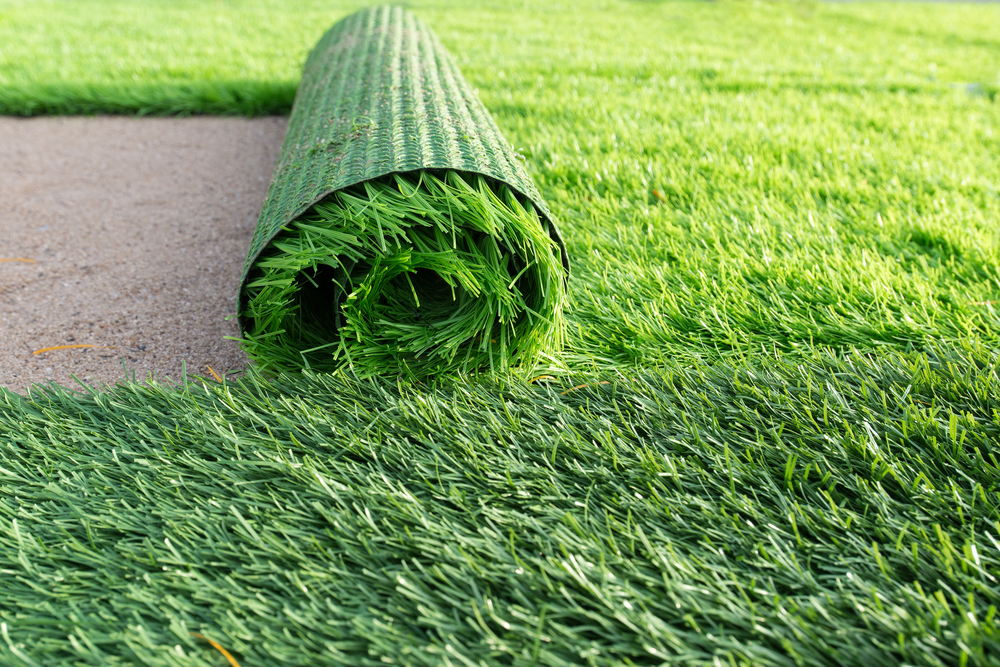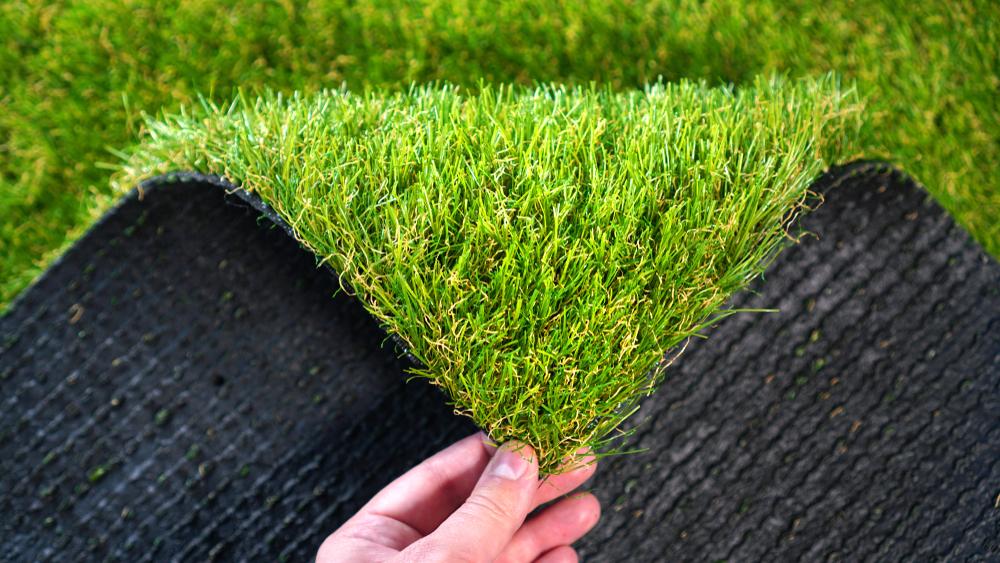 Important Tips to Consider Before Investing in Artificial Grass
Important Tips to Consider Before Investing in Artificial Grass
With so many different types of artificial grasses on the market, choosing the right grass for your home can be a bit overwhelming. However, by knowing a few things beforehand, the process can go smoother and make it easier to choose one that will meet all of your needs. Here are things you should know before choosing turf.
Why Choose Artificial Grass?
Artificial turf is another option for your lawn and garden needs, but it does not have all of the advantages of natural grass. Artificial turf will never need watering, fertilizing, or mowing, so it can keep on looking great year after year without any upkeep whatsoever. It’s also easy to install and maintain, so you don’t need any special tools or skills to make sure it stays looking its best.
Artificial turf requires little maintenance beyond cleaning away debris from time to time, which means that there are no worries about watering or mowing in bad weather or if you’re going away on vacation. You can even use artificial turf inside if you want to be able to enjoy it whenever you like without worrying about weather conditions.
What Is Artificial Grass Made Of?
Artificial turf is made of a combination of different materials, but it’s primarily composed of:
1. Polypropylene
Polypropylene is a plastic that is used for artificial turf. It has a high resistance to UV and weathering, so it should last for a long time. The material is also recyclable and will break down into small pieces if you dispose of it in your green bin.
The benefits of polypropylene:
● It has excellent durability and is resistant to mold, cigarette burns, and other damage.
● It’s soft on the feet, so it’s ideal for children’s playgrounds or sports fields.
● It has a realistic look that blends in well with natural grass, so you can create an authentic-looking lawn without any effort.
2. Nylon
Nylon is a common synthetic fiber that’s used in many products. It’s made by condensing acetylene gas, which is derived from coal and petroleum or from natural gas. This process creates a high-strength, heat-resistant material that is used in a variety of applications.
Nylon has many benefits over natural fibers and materials. For example:
● It’s biodegradable, so there are no concerns about it harming the environment.
● It’s resistant to damage from sunlight and does not fade over time as other synthetic grasses do.
● It doesn’t hold water as other fibers do, so it’s safe for pets to play on or walk on without getting muddy feet.
3. Polyethylene
Polyethylene is one of the most common plastics used in artificial grass manufacturing. It’s also known as low-density polyethylene or LDPE. It’s a flexible polymer that can be stretched or bent without breaking or tearing.
In addition to being flexible, polyethylene is also lightweight and inexpensive — two qualities that make it ideal for use in artificial grass. It also doesn’t require any maintenance or special cleaning processes as some other materials do. This means you’ll never have to worry about having your lawn torn up by power mowers or spending hours weeding out dandelions from between your blades.
Different Types of Artificial Grass
There are many different types of artificial turf, each with its benefits and drawbacks. Here are some of the most common types:
1. Woven polypropylene
This type of artificial grass is made from polypropylene fibers woven together in strands. This type of artificial turf has a soft feel and looks realistic enough for use in residential areas or commercial spaces. It’s also much more affordable than other types of fake grasses on the market today.
2. Synthetic turf (polyethylene)
This type of fake turf consists of polyethylene fibers that have been woven into strands before being bound together again into rolls that resemble blades of grass when installed in lawns across America. This is a great option if you want Las Vegas turf since it can be used outdoors or indoors as long as it’s properly maintained by cleaning regularly and treating it with fertilizer every few weeks. If you are a fan of the Las Vegas look, you can have this turf as a composition of your landscape where you have decorative rocks Las Vegas or landscaping boulders that complete the beautiful look.
3. Monofilament
This is the most basic type of synthetic grass. It’s made from monofilament polypropylene fibers that are woven together to form a mat. The mat is then bonded to a backing material such as felt or rubber. Monofilament is inexpensive and easy to install, but it does have some drawbacks. For example, it’s not very durable and won’t last as long as other types of synthetic grass. It also doesn’t do well in areas that receive a lot of foot traffic or heavy rains because it tends to mat down over time and become less elastic due to exposure to sunlight and weather conditions.
4. C-shaped grass blades
These are the most common type of artificial turf, and they’re usually found in residential areas. They have a C-shape to their blades, which makes them look more natural than other types of artificial turf. Many people opt for this kind because it’s easier to maintain than other options.
5. S-shaped grass blades
These blades resemble natural grass but are more durable than c-shaped blades. This means that they’re less likely to wear out or tear as quickly as c-shaped blades can become worn down over time. They also tend to be easier to install than c-shaped blades because they require less maintenance over time. S-shaped blades are often used in commercial settings such as office parks or retail stores where there’s a lot of foot traffic every day.
6. Mix of shapes
This type of turf grass looks like real grass, but it has a mixture of different shapes such as blades and tufts. A mix of shapes of artificial grass can also be used for sports fields, playgrounds, and other recreational areas, but it can also be used in residential areas such as gardens or even rooftops where there is no need for drainage pipes or sprinklers.
7. Bermuda grass
This type of synthetic grass is made from polyethylene and nylon fibers. It comes in a variety of colors and shades, but it tends to be fairly expensive. Bermuda grass is great for areas that get a lot of traffic because it holds up well under foot traffic and other forms of stress. Its durability makes it ideal for high-traffic areas such as playgrounds, dog parks, and even residential lawns.
8. Fescue grass
Fescue grass is another type of synthetic turf that works well for residential lawns because it’s easy maintenance and low cost. It doesn’t have the same durability as Bermuda grass, but it still holds up well under foot traffic and other forms of stress. The ease of maintenance makes this an ideal choice for people with busy lives who don’t want to spend too much time caring for their lawns each week.
9. Rye grass
This is a natural-looking type of artificial turf that is usually grown on a base of sand or soil. It looks similar to natural grass and requires little or no maintenance. The texture is soft and springy, making it ideal for playgrounds, dog runs, and other high-traffic areas.
How Do You Know the Best Turf for You?
It’s important to know what the best turf for you is. You may have heard that there are many different types of turf, and each one has its own benefits and drawbacks. For example, some people prefer synthetic grass because it’s easy to maintain and looks great all year long. But others may want real grass because it feels more like a natural lawn and can help keep your dog on a leash during walks.
When it comes to choosing the best turf for your needs, there are a few things you should consider:
● How much time do you have to spend maintaining your lawn?
● What type of climate do you live in?
● How much money do you want to spend?
What to Know About Installation
Artificial turf is installed in many different ways. Some companies install it as a “roll-out” of sod that’s laid down over an existing lawn. Other companies install it using a “floating” method that involves laying down the turf and then infilling it with sand or soil. The installation method will depend on how much space you have available and what type of natural grass would be best suited for the location. If you’re unsure which method is right for your property, ask the company about their experience with installations in similar situations before making your decision.
Maintenance and Care Required
The major difference between different synthetic grass varieties is how much maintenance they require. Some types of synthetic grass are low-maintenance and require little more than an occasional sweep to keep them looking good. Other types will require regular brushing or vacuuming in order to keep their appearance up. If you’re looking for an especially low-maintenance option, consider installing artificial turf made with nylon blades.

